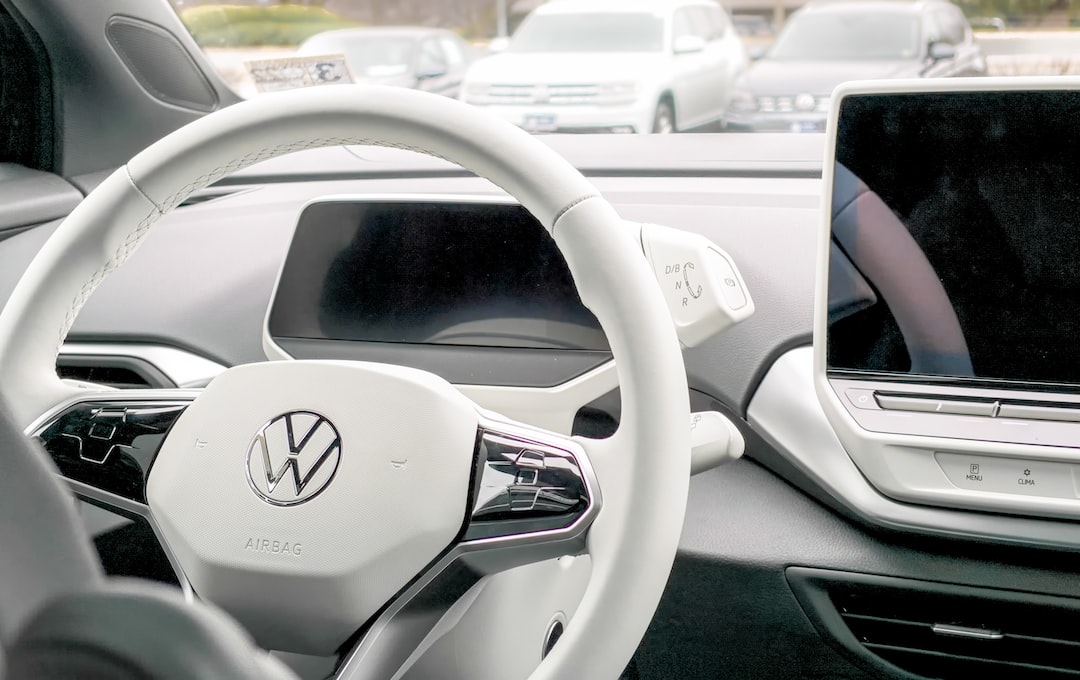Exploring the Potential of Augmented Reality in Education and Training
In recent years, we have witnessed the rapid development and adoption of technologies that have revolutionized various industries. Augmented Reality (AR) is one such cutting-edge technology that has proven to have immense potential in education and training. This blog post will delve into the various ways AR can be used in educational settings, its benefits, and its future prospects.
Before we dive into the potential of AR in education, let’s understand what exactly augmented reality is. Augmented Reality is the integration of digital information, such as images, videos, or 3D models, into the real world to enhance the user’s perception and interaction with the environment. Unlike Virtual Reality, which creates a completely synthetic environment, AR enriches the real world with digital content.
One of the most significant advantages of incorporating AR in education is its ability to make learning more immersive and interactive. Traditional textbooks and lectures can often feel dry and uninspiring to students. However, with AR, concepts come to life, truly engaging students in the learning process. For example, instead of reading about dinosaurs, students can use an AR app to see 3D models of dinosaurs right in their classroom. This not only instills a sense of wonder but also facilitates better retention of information.
AR can also bridge the gap between theoretical knowledge and practical application. For instance, medical students can use AR to simulate surgeries and visualize complex anatomical structures. This hands-on learning experience enhances their understanding and prepares them for real-life scenarios. Similarly, engineering students can apply AR in designing and building virtual prototypes, allowing them to experiment and iterate without incurring any physical costs.
Another area where AR can revolutionize education is language learning. In traditional language classes, students often struggle to connect words with real-life objects or scenarios. However, AR language learning apps can overlay labels or translations on physical objects, helping students associate words with their meanings in a more contextualized manner. Additionally, AR can provide real-time language support, giving learners instant feedback on pronunciation, grammar, and vocabulary.
The benefits of AR in education are not limited to its impact on students. Teachers also stand to gain immensely from this technology. AR tools can help teachers create interactive and personalized learning experiences, catering to the diverse needs of individual students. Moreover, AR can enable teachers to track and assess the progress of students in real-time, providing them with valuable insights to tailor their teaching methods accordingly.
While AR in education already has promising applications, its future potential is even more exciting. As technology continues to evolve, we can expect more advanced AR devices and apps that are more accessible and affordable. This will enable a wider reach of AR-based education, particularly for students in remote areas or resource-constrained schools.
Furthermore, collaborations between educators, researchers, and developers will pave the way for the creation of innovative AR content and curriculum. Imagine history students being able to step into ancient civilizations through immersive AR simulations or science students exploring the intricacies of the human body in a virtual laboratory. The possibilities are endless, and AR has the potential to transform education as we know it.
However, it is essential to tread carefully and address the challenges that come along with the adoption of AR in education. Privacy concerns, ensuring equal access to AR resources, and training teachers to effectively integrate AR into their teaching practices are some critical aspects that need to be considered.
In conclusion, augmented reality has immense potential to enhance education and training. By leveraging this technology, we can make learning more immersive, interactive, and personalized. Whether it’s through visualizations, simulations, or language learning, AR has the power to revolutionize traditional classrooms and offer new opportunities for students and teachers. As we continue to explore its potential and overcome barriers, we can envision a future where education becomes more engaging and impactful through the integration of augmented reality.

